10 Classic Cars That Don’t Live Up To The Hype
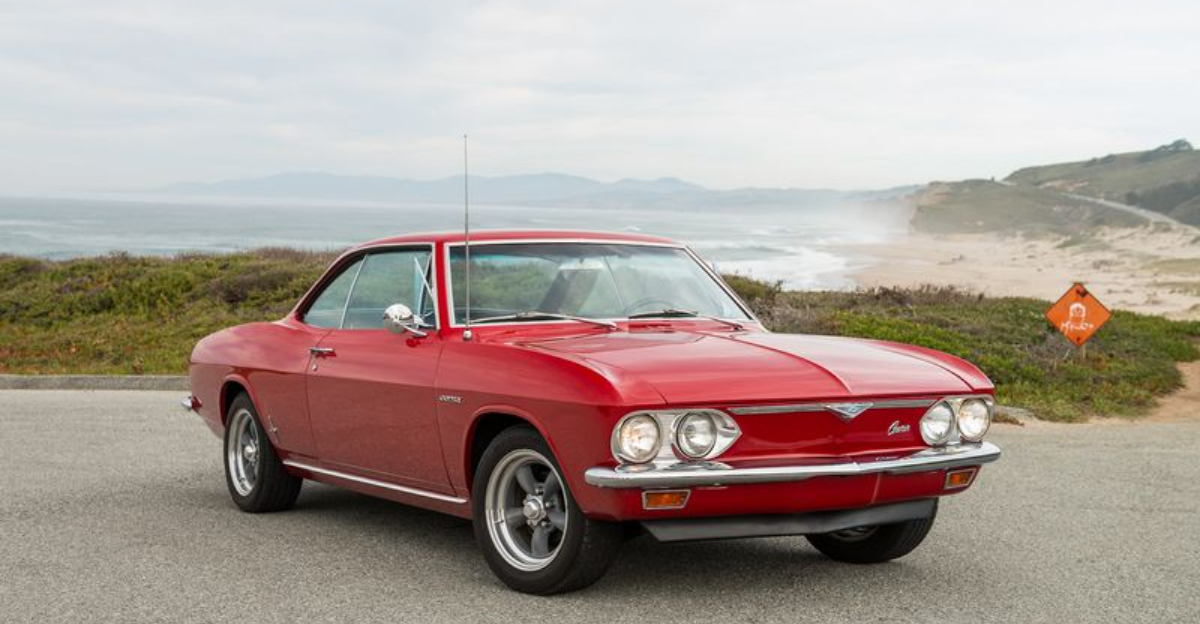
Back in high school, a friend proudly rolled into the parking lot in a cherry-red ’69 muscle icon.
We all gathered around, expecting thunder, but it sounded more like a tired lawnmower. Turns out, not every legend delivers once the nostalgia wears off.
Some classics look the part and come with sky-high expectations, only to fumble when it’s time to shine. Turns out, reputation doesn’t always guarantee a thrilling ride.
1. DeLorean DMC-12
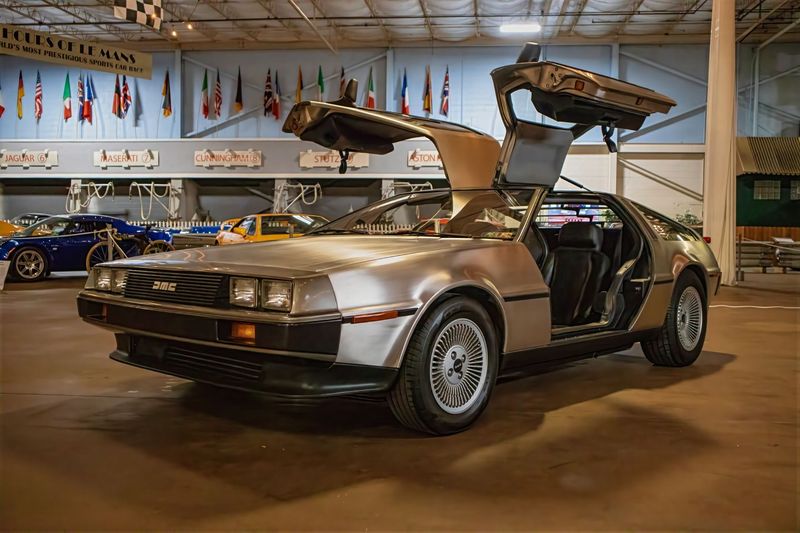
Back to the Future made this stainless-steel wonder an icon, but owners quickly discovered the harsh reality behind those gull-wing doors.
Underpowered and sluggish, the DMC-12 needed more than flux capacitors to hit 88 mph with any urgency.
Build quality issues plagued early models, with electrical gremlins that would make Doc Brown pull his hair out.
Many collectors today keep them as showpieces rather than drivers—probably because they spend more time in repair shops than on roads!
2. Ford Mustang II
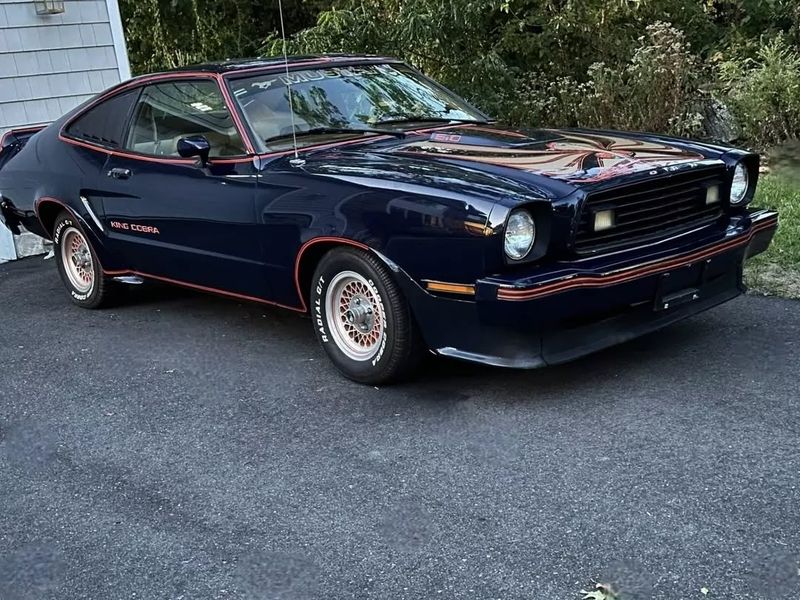
Following the legendary original Mustang came this oil-crisis era embarrassment. Ford essentially slapped a Mustang badge on a Pinto and called it a day—sacrilege to muscle car fans everywhere!
Gutless engines barely mustered 88 horsepower in some variants, turning the once-proud pony into a breathless nag.
Handling was sloppy, styling was questionable, and rust problems were rampant.
Even Ford pretends this generation didn’t happen in most of their heritage marketing materials.
3. Chevrolet Corvair
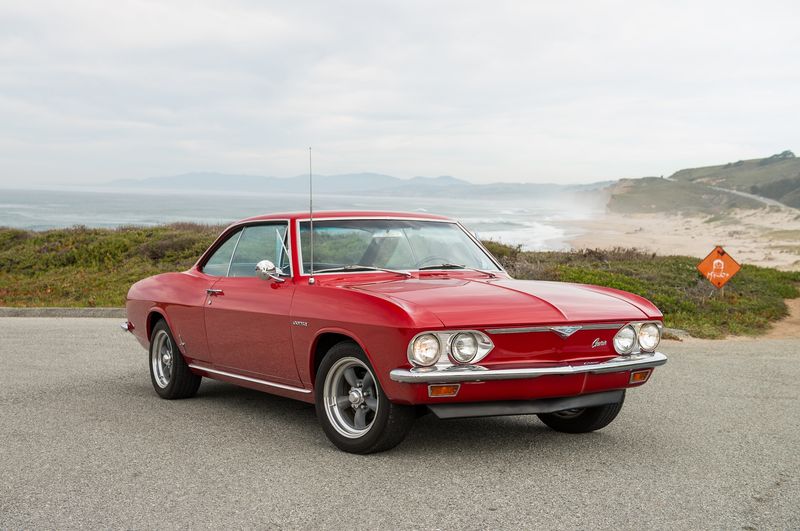
Immortalized as “Unsafe at Any Speed” in Nader’s famous book, the Corvair’s reputation never recovered from its handling controversy.
Swing axle suspension made early models prone to dangerous oversteer—basically, the rear end could decide to overtake the front during turns!
GM eventually fixed the problems, but public trust was shattered. The second-generation Corvair was actually quite competent, but buyers had already fled.
A promising American experiment in rear-engine design that became more famous for lawsuits than performance.
4. Jaguar XJ-S
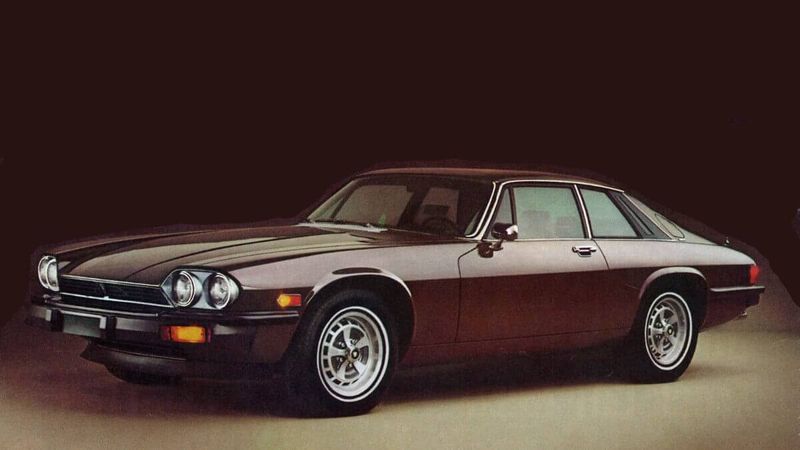
Replacing the gorgeous E-Type was always going to be tough, but Jaguar somehow managed to miss the mark entirely.
The XJ-S looked like it was designed by committee—angular where the E-Type was curvaceous, bulky where its predecessor was lithe.
Electrical systems seemed designed by sadistic engineers who wanted owners on a first-name basis with their mechanics.
Fuel economy? Abysmal. Reliability? Optional. Lucas electrics (nicknamed “The Prince of Darkness”) ensured owners spent quality time on roadsides contemplating their expensive mistakes.
5. Bricklin SV-1
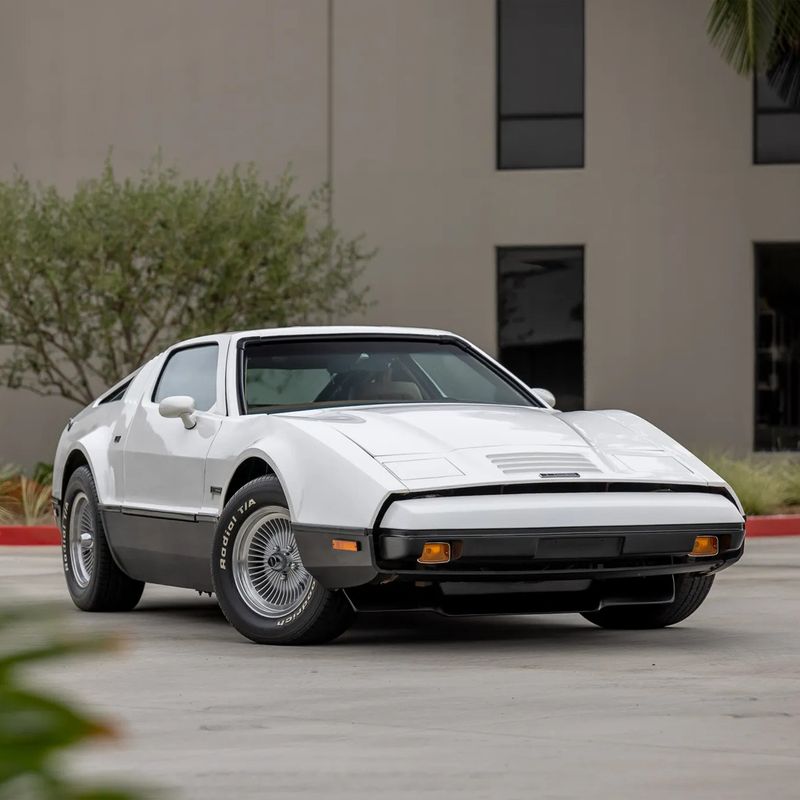
Malcolm Bricklin’s vision of a safe sports car resulted in gull-wing doors so heavy they needed power assistance—which frequently failed, trapping owners inside their own vehicles!
Nothing says safety like being unable to exit during an emergency. Canada’s automotive manufacturing experiment burned through government money faster than the car burned fuel.
Production quality was so inconsistent that no two cars performed exactly alike.
Only about 3,000 were built before the company went bankrupt, leaving parts supplies scarcer than Canadian desert.
6. AMC Pacer
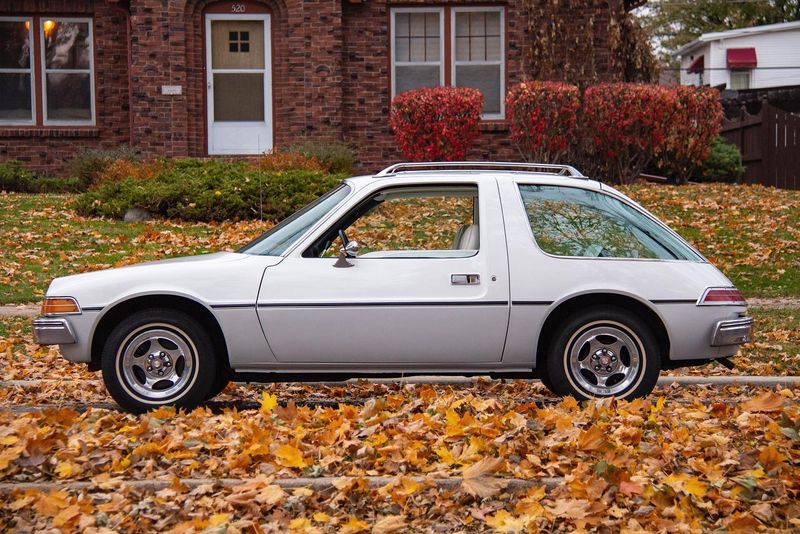
Marketed as “the first wide small car,” the Pacer looked like nothing else on the road—and for good reason!
Its asymmetrical doors and massive glass area created a greenhouse effect that cooked occupants before air conditioning had a chance to catch up.
Visibility was fantastic if you enjoyed being stared at by everyone you passed. Performance? The heavy glass and underpowered engines meant acceleration was more suggestion than reality.
Wayne’s World gave it ironic cool status decades later, but original owners weren’t laughing at their peculiar bubble cars.
7. Triumph TR7
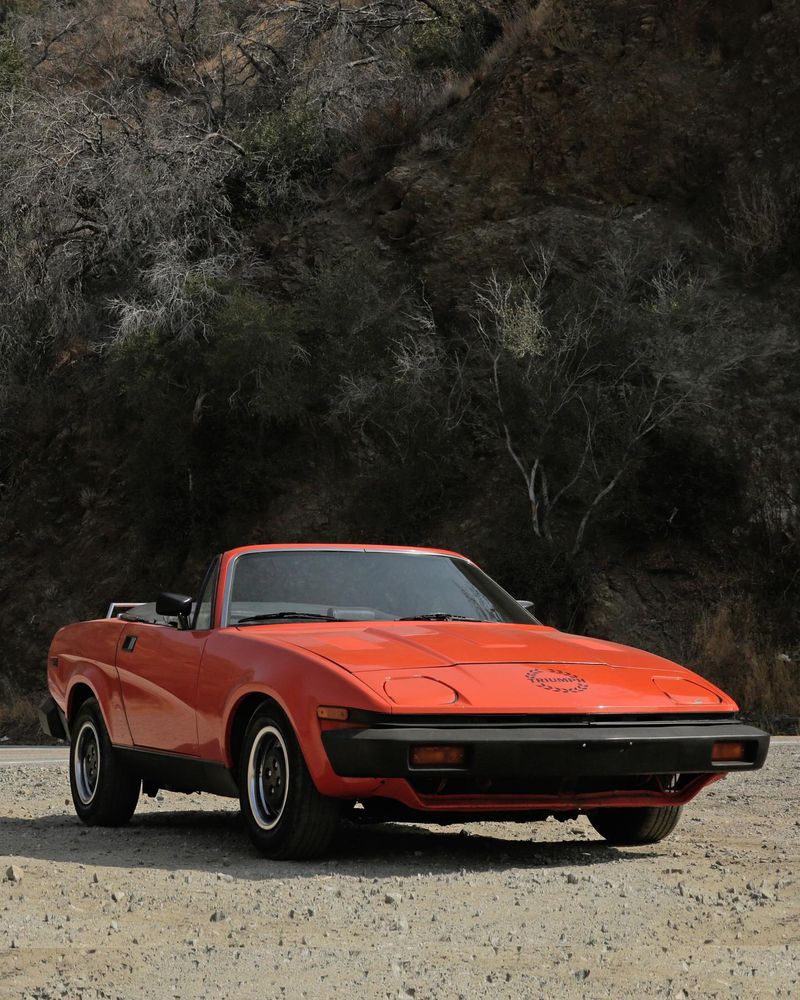
“The Shape of Things to Come” was Triumph’s slogan for this wedge-shaped disappointment.
British Leyland’s quality control hit rock bottom just as they decided to reinvent their sports car lineup—talk about terrible timing!
Early models leaked in rain, suffered from constant overheating, and featured dashboards that warped dramatically in sunlight.
The pop-up headlights often decided to work independently of each other, giving the car a perpetual wink.
Factory strikes meant some cars were literally assembled by different teams using different standards.
8. Cadillac Cimarron
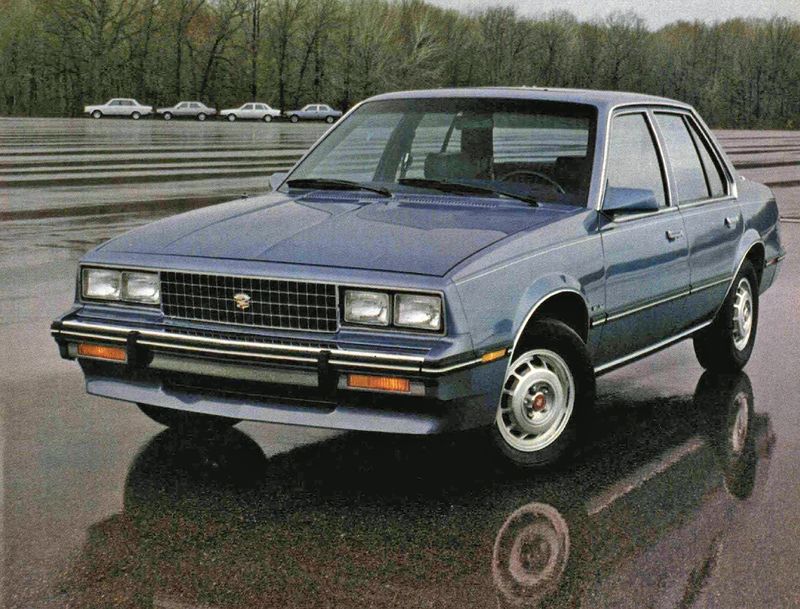
Cadillac’s darkest hour came when they slapped their crest on a Chevy Cavalier, added leather seats, and charged twice the price.
Nobody—and I mean nobody—was fooled by this cynical badge engineering exercise.
Luxury car buyers expecting Cadillac’s legendary ride quality found economy car handling, noise, and vibration instead.
The anemic four-cylinder engine struggled to move the added weight of leather and power accessories. General Motors executives still cringe when this model is mentioned at company reunions.
9. Maserati Biturbo
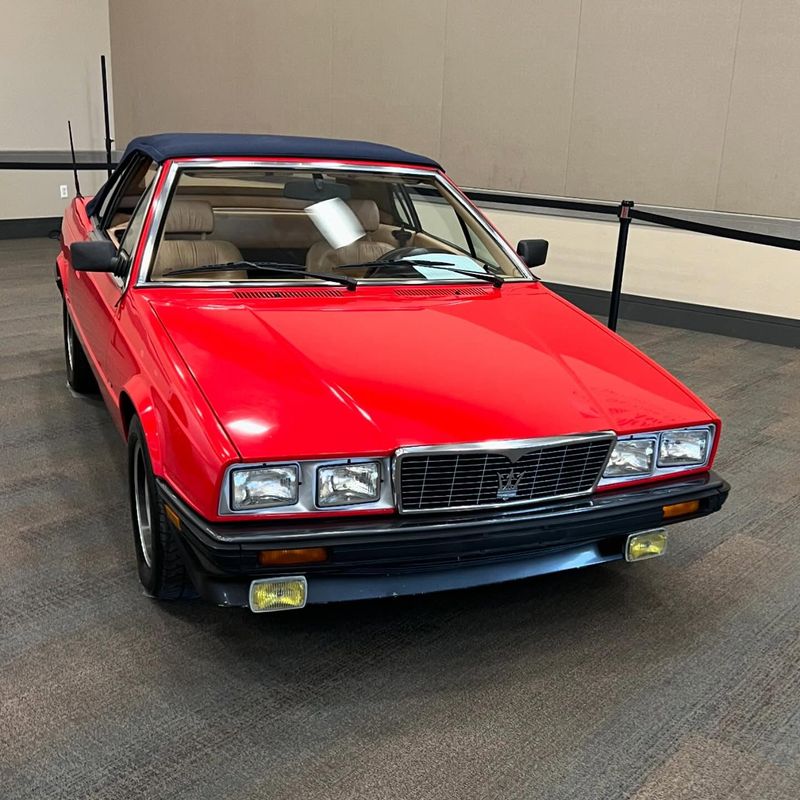
Maserati’s attempt to create an “affordable” luxury sports sedan resulted in perhaps the most temperamental Italian car ever—quite an achievement!
The twin-turbocharged engine was innovative but catastrophically unreliable, with early models known to catch fire without warning.
Interior trim pieces detached themselves during normal driving. Electrical systems failed in ways that would confound even the most experienced mechanics.
Comedian Joe Piscopo once joked that “Biturbo” was Italian for “fix it again, Tony”—except that’s actually FIAT’s unofficial acronym!
10. Pontiac Fiero
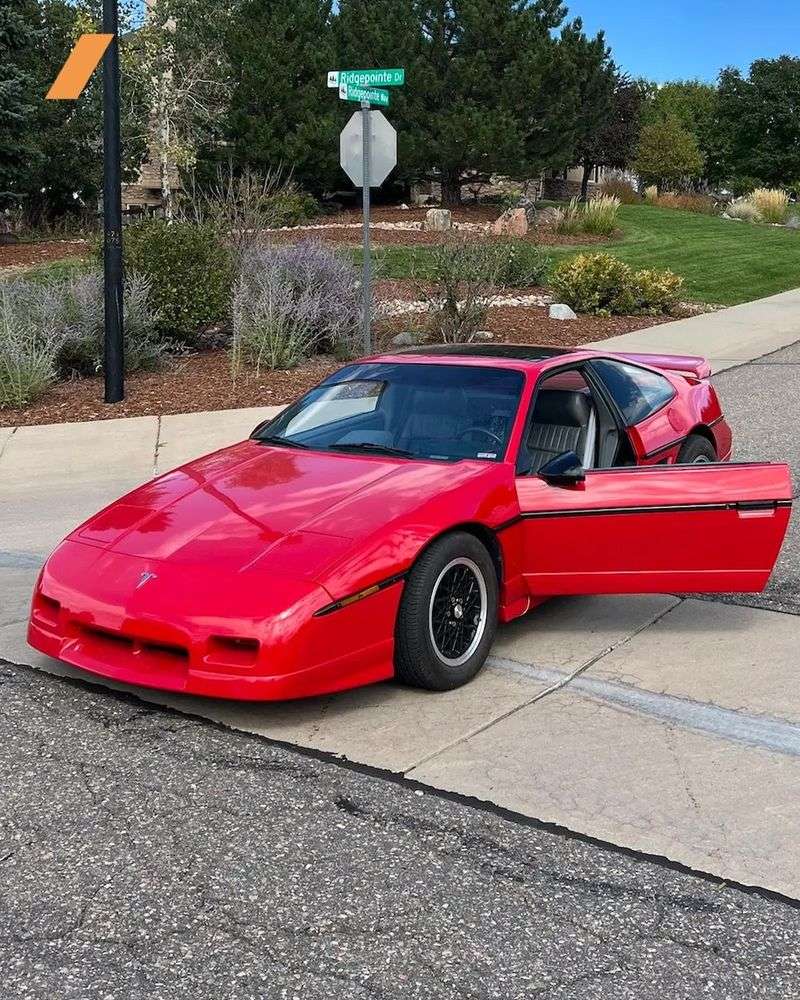
GM finally built an affordable mid-engine sports car, then hamstrung it with parts-bin engineering and the infamous Iron Duke four-cylinder—an engine with all the sporting pretensions of a tractor.
Early models were notorious for catching fire due to connecting rod failures and oil leaks.
The plastic body panels looked cool but hid a multitude of sins underneath. Handling was compromised by using front suspension components from the economy-focused Chevette.
By the time engineers fixed most problems in 1988, GM canceled the model—just as it was becoming good!
